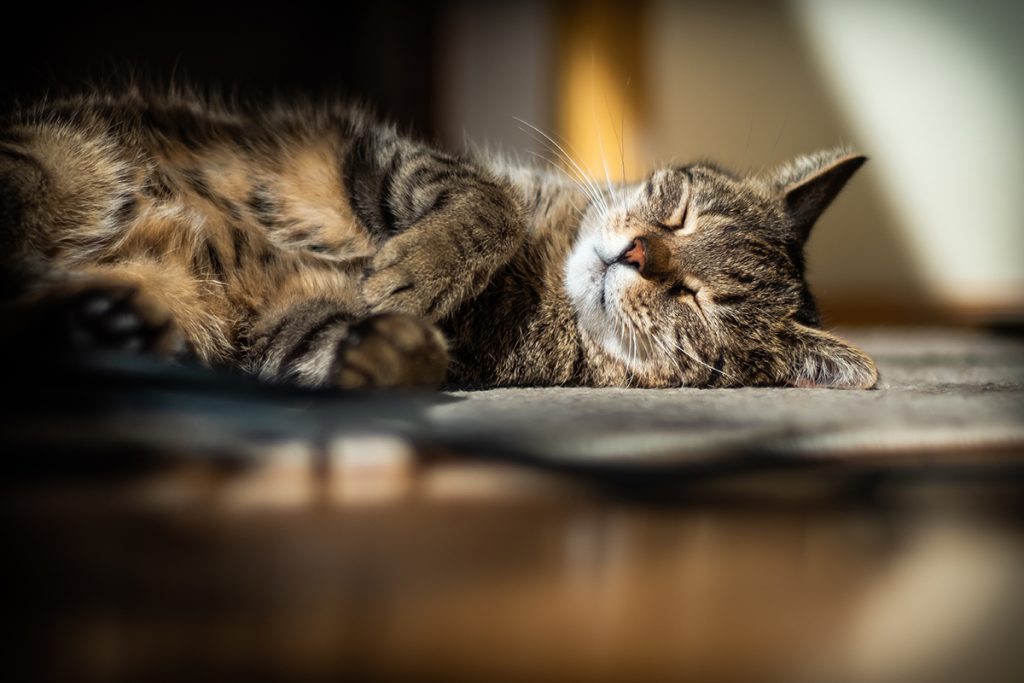What are the dreams of cats and dogs about?
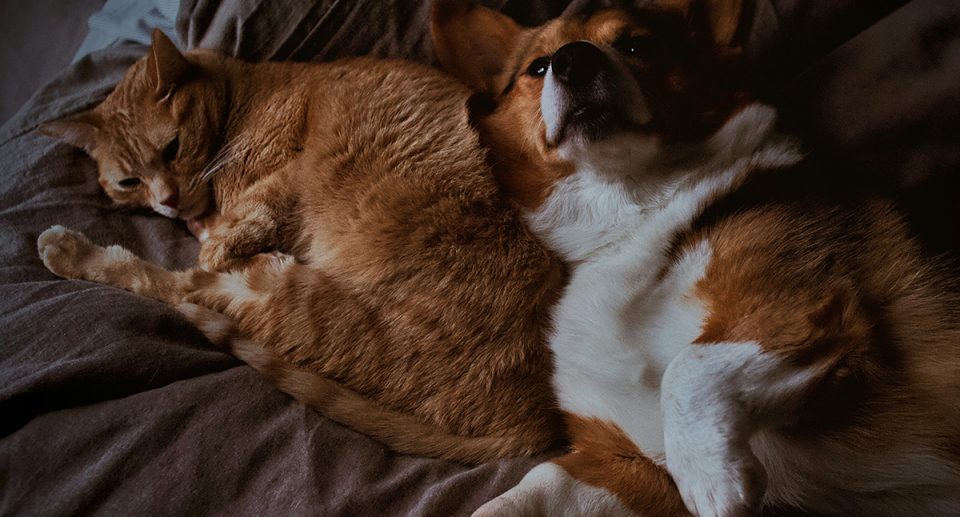
Regardless of the mischief your pet may get into while awake, there are few sights as serene as a dog nestled in its bed or a cat basking in the sun, peacefully snoring. However, understanding their sleep experience can be challenging. What occupies the dreams of cats and dogs?
Answering this question proves difficult. Pets don’t keep dream journals, and currently, there isn’t technology capable of translating the brain activity of a sleeping human, let alone that of a sleeping animal, into a tangible experience of their dream world.
Deirdre Barrett, a dream researcher at Harvard University and author of ‘The Committee of Sleep,’ mentions that no one has conducted research on the content of animals’ dreams.
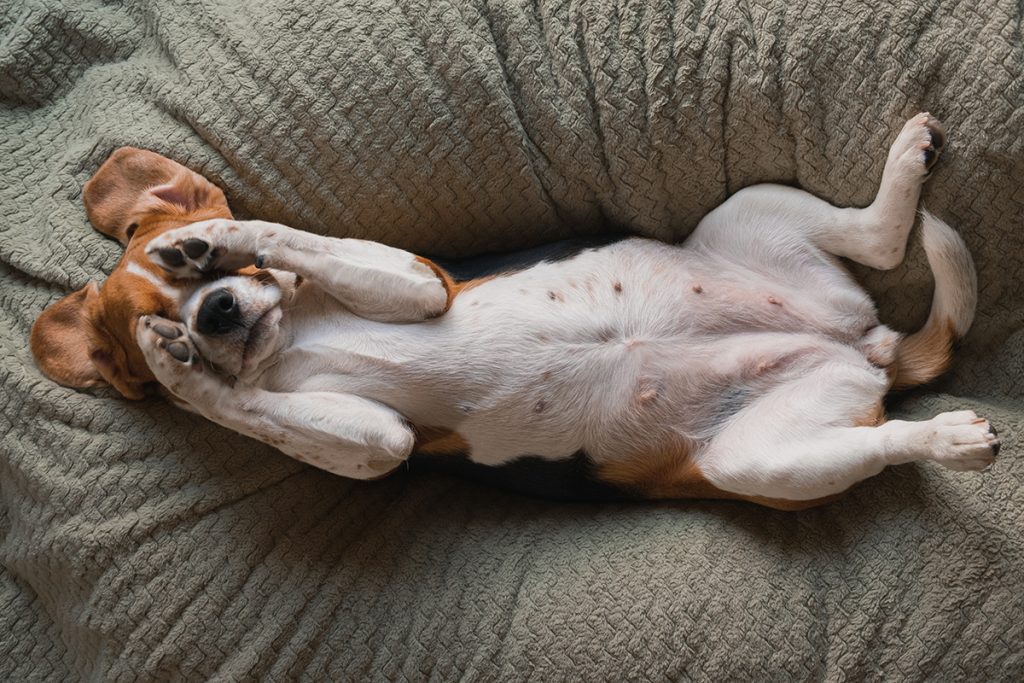
Do cats and dogs dream in a manner similar to humans?
However, the dream world of pets isn’t entirely inscrutable, at least when making educated assumptions. Firstly, it seems that only our furry companions such as cats and dogs exhibit signs of dreaming.
For instance, fish don’t seem to enter the rapid eye movement (REM) phase of sleep, which is when dreams are most prevalent in humans. Therefore, it’s highly likely that they don’t experience anything resembling the cognitive activity we associate with dreams.
The question of whether birds undergo REM sleep is less definitive. Additionally, certain marine mammals maintain one hemisphere of their brain alert while the other sleeps, resulting in either no REM sleep or a peculiar variation of it.
Consequently, it’s improbable that seals and dolphins dream in a manner akin to humans. However, the mammals we keep as pets predominantly engage in REM sleep. Hence, it’s a very reasonable conjecture that they undergo some form of cognitive brain activity resembling our dreams as much as their waking experiences resemble ours.
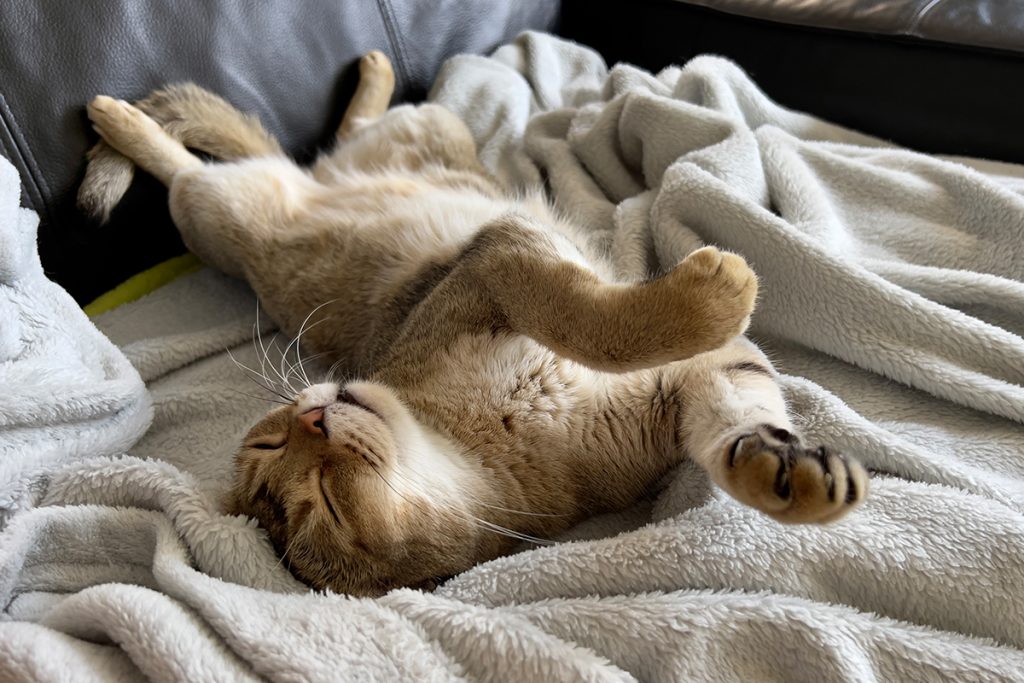
What do cats and dogs dream about, then?
However, it’s important to note that cats and dogs likely don’t experience dreams in a human-like manner. David Peña-Guzmán, a philosopher at San Francisco State University and author of ‘When Animals Dream,’ warns against assuming that other animals dream in the same way humans do, albeit within their non-human minds and bodies.
For instance, humans seldom report experiencing scents in their dreams; however, given that olfaction plays a significant role in dogs’ perception of the world, we should anticipate that dogs dream in smells.
To understand what a uniquely canine or feline dream might entail, we must consider the experiences of cats and dogs and how they perceive the world. They dream according to their own nature.
Moreover, the continuity hypothesis of dreaming might apply to cats and dogs. This hypothesis, which is well-supported by evidence in humans, proposes that people’s dreams mirror their daily experiences. Conversely, the compensatory hypothesis suggests that dreams reflect what individuals lack in their daily lives, although it receives less support.
In the case of pet dogs, it’s probable that their dreams revolve around activities and experiences they engage in during the day, such as food, play, and their beloved owners. This pattern aligns with how dreams typically function for humans, making it unlikely that they follow the compensation pattern.
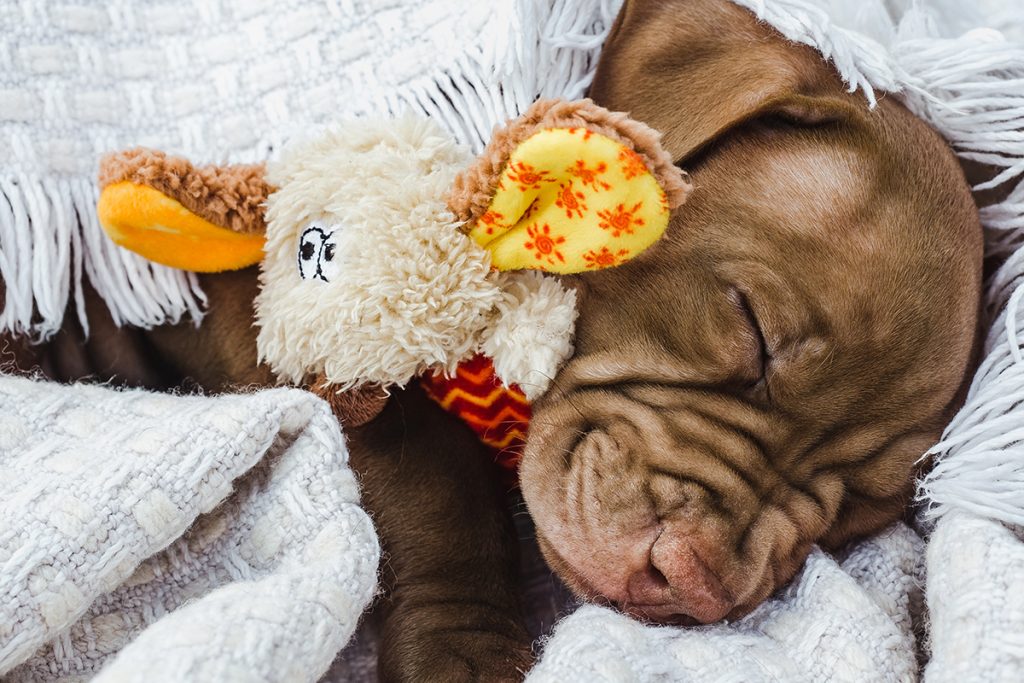
A glimpse inside the dreams of cats and dogs
A unique experiment offers a glimpse inside feline dreams. In the late 1970s a neuroscientist tested a theory about which part of the brain prevents the body from acting out what’s happening in a dream.
In that study, the late Michel Jouvet, then at the Claude Bernard University Lyon in France, damaged a region called the pons in cats. The cats indeed began moving during REM sleep; in particular, they displayed behavior that scientists interpreted as hunting small prey.
It’s a very safe assumption that cats dream about stalking and pouncing on prey—stronger than any extrapolation. You can expect cats’ dreams to follow the continuity hypothesis, although of course your feline’s daily experiences are different from the one of a dog. Other cat dreams might include lying in the sun, stretching and playing with toys.
And are pet cats, like dogs, dreaming about their humans? Yes, in the most feline way according to Deirdre Barrett. You would kind of expect that the cats that had a fairly strong attachment to owners would dream about owners some—but probably not as much as dogs.
